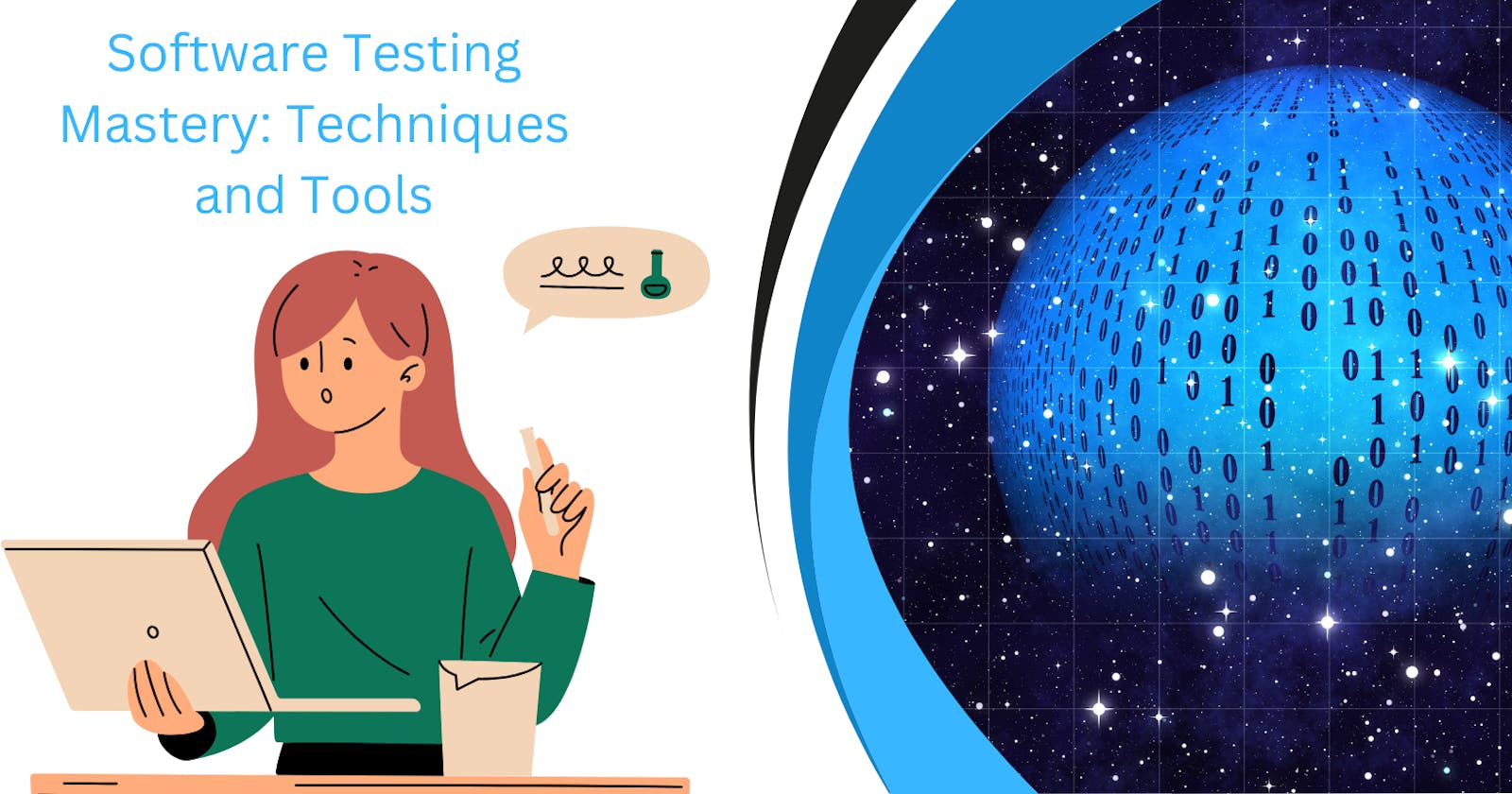Introduction to Software Testing
In the realm of software development, ensuring the quality of the product is consummated. This is where software testing comes into play. Software testing is a process of evaluating the functionality and performance of a software application to identify any defects or bugs before it's deployed to the end users.
Types of Software Testing
Functional Testing
Functional testing focuses on verifying that each function of the software application operates by the requirements. It involves testing individual functions or features to ensure they perform as expected.
Non-functional Testing
Non-functional testing evaluates the aspects of the software that aren't related to its specific functionality. This includes performance, security, and compatibility testing.
Performance Testing
Performance testing assesses the speed, responsiveness, and stability of the software under colorful conditions, similar as heavy user loads or high traffic.
Security Testing
Security testing checks the software application for vulnerabilities and weaknesses that could be exploited by vicious users or hackers.
Compatibility Testing
Compatibility testing ensures that the software functions rightly across different devices, operating systems, and browsers.
Common Software Testing Techniques
Black Box Testing
Black box testing involves testing the software without any knowledge of its internal code structure. Testers focus on the inputs and outputs of the software to validate its functionality.
White Box Testing
White box testing, also known as structural testing, examines the internal structure and code of the software to identify any errors or flaws.
Regression Testing
Regression testing is performed to ensure that recent changes or updates to the software don't negatively affect existing functionality.
User Acceptance Testing( UAT)
User acceptance testing involves letting end- users test the software to ensure it meets their requirements and expectations.
Exploratory Testing
Exploratory testing is a robotic approach where testers explore the software application without-defined test cases, allowing them to uncover unanticipated issues.
Popular Tools for Software Testing
Selenium
Selenium is an extensively used open- source tool for automating web browsers. It allows testers to write test scripts in colorful programming languages like Java, Python, andC#.
JUnit
JUnit is a popular unit testing framework for Java applications. It provides annotations and assertions to facilitate the writing and execution of test cases.
TestNG
TestNG is a testing framework inspired by JUnit and NUnit. It offers fresh features similar as resemblant execution, data- driven testing, and HTML reports.
Apache JMeter
Apache JMeter is an open- source tool used for performance testing of web applications. It can simulate heavy loads on a server to assess its performance under stress.
Postman
Postman is a collaboration platform for API development that includes features for testing APIs. It allows testers to create and execute API requests, automate testing workflows, and generate reports.
Best Practices in Software Testing
Test beforehand and frequently Start testing as soon as possible in the development process and continue testing iteratively throughout.
Create comprehensive test cases Develop detailed test cases that cover all aspects of the software's functionality and performance.
Utilize both manual and automated testing Combine homemade testing for exploratory and ad- hoc testing with automated testing for repetitious tasks and regression testing.
Collaborate with developers Foster collaboration between testers and developers to ensure a shared understanding of requirements and issues.
nonstop integration and nonstop testing Implement nonstop integration practices to automate the build and testing process, enabling faster feedback and delivery.
Challenges in Software Testing
Despite its importance, software testing faces several challenges, including time constraints, lack of resources, the complexity of modern software systems, and changing requirements. These challenges can hinder the effectiveness and efficiency of the testing process, leading to delays in product delivery and compromised quality.
Future Trends in Software Testing
AI and Machine Learning in Testing
The integration of AI and machine literacy technologies in testing tools and processes is expected to revolutionize software testing by enabling prophetic analysis, intelligent test automation, and anomaly detection.
Shift- left Testing Approach
The shift- left testing approach advocates for incorporating testing activities before in the software development lifecycle, allowing for early detection and resolution of defects.
Increased Focus on Security Testing
With the growing threat geography, there will be an increased emphasis on security testing to identify and mitigate vulnerabilities in software applications, protecting them from implicit cyber threats.
Adoption of DevOps Practices
The adoption of DevOps practices, similar as nonstop integration, nonstop delivery, and infrastructure as code, will further streamline the testing process, enabling briskly and more dependable software releases.
Conclusion
In conclusion, mastering software testing requires a deep understanding of various testing techniques, tools, and best practices. By adopting a comprehensive approach to testing and staying abreast of emerging trends, organizations can ensure the delivery of high-quality software products that meet the needs and expectations of their users. Enrolling in a Software Testing course in Gwalior, Indore, Lucknow, Noida, Delhi, and all cities in India can provide individuals with the necessary knowledge and skills to excel in this field.

